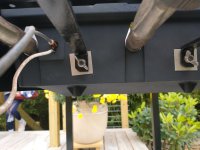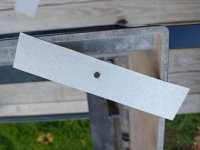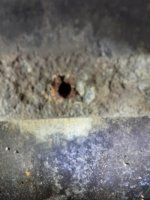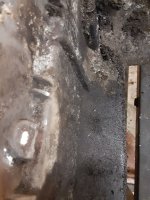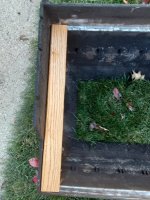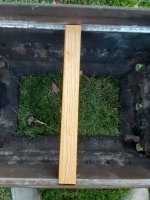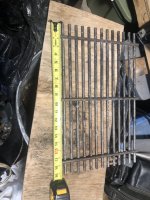On the cookbox, I never succeeded in straightening my red head's cookbox. I put it on the "back burner" for now since Hank has given me a replacement (and, also I'm working on the other, "daily driver", grill right now). But, I did press it quite a bit in an attempt to straighten it - and I stopped, worried it would just "explode" into shattered aluminum. The aluminum seems to be pretty "springy" and behaved, to me, like it was hardened (maybe from the heat?). So, as Larry said, a lot of heat and a press might get it to relax back into position.
On the rust and corrosion issue between the aluminum and steel (frame-to-cookbox and manifold-to-cookbox) I really think insulating (electrically) the dissimilar metals will help. I made thin insulator strips out of mica for my daily driver grill (the cranberry Silver C). I don't know for sure how well this will work but on aluminum trucks they always insulate steel and stainless parts from the aluminum, sometimes just with thin tape.

